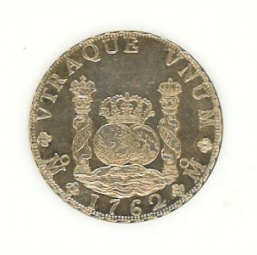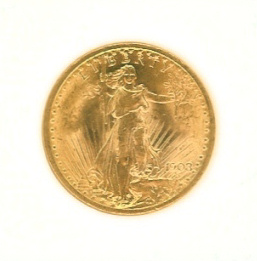
| This display illustrates the
relationship between postal rates and the various methods employed to
pay those rates and fees in the United States between 1776 and 1921.
Prior to July 1851, many of the government postal rates were expressed in amounts that did not correspond to the United States decimal coinage, which at the time was circulating in very limited supply. Rather, the rates were based on the most widely circulating foreign coins. These coins of Spanish America included the famous pillar dollars, their portrait coin descendants, and the smaller denominations based on the division of the dollar into eighths. A March 3, 1851 Act of Congress reduced the postal rate for a single letter sent up to 3,000 miles to three cents and also authorized the first issuance of a three cent coin. This is the first instance of a coin being minted directly to aid in the payment of a postal rate in the United States. In February 1853 an act was passed that reduced the silver content of all silver coins other than the dollar. As the new coins had an actual silver value less than their nominal face value, all prior silver coinage disappeared from circulation. This included foreign coins that had circulated, with official sanction, until 1857. Further hoarding of silver during the Civil War resulted in the virtual disappearance of silver coins in circulation. During the Civil War substitutes for small change were needed. Temporary measures included the use of postage stamps, scrip, and tokens as money. The government began issuing fractional paper currency in 1862 which continued in widespread use until the Specie Resumption Act of 1875 resulting in a more stable monetary system. A renaissance of coin design began in 1908. The exhibit is arranged primarily by the date of the postal artifact. Each page attempts to match a postal artifact with a corresponding item that could have been used as payment. The postal items have been chosen to reflect a wide range of rates and usages while the payment items reflect the changing nature of money, and money substitutes, which were utilized in the United States. |
| e |
|
|
|
|
e1762 Spanish Pillar Dollar |
1908 Gold $20 coin designed by St. Gaudens |
| e | |
| « Frajola Website | |
|
|
|
|
Richard Frajola, May 2006 |
|




